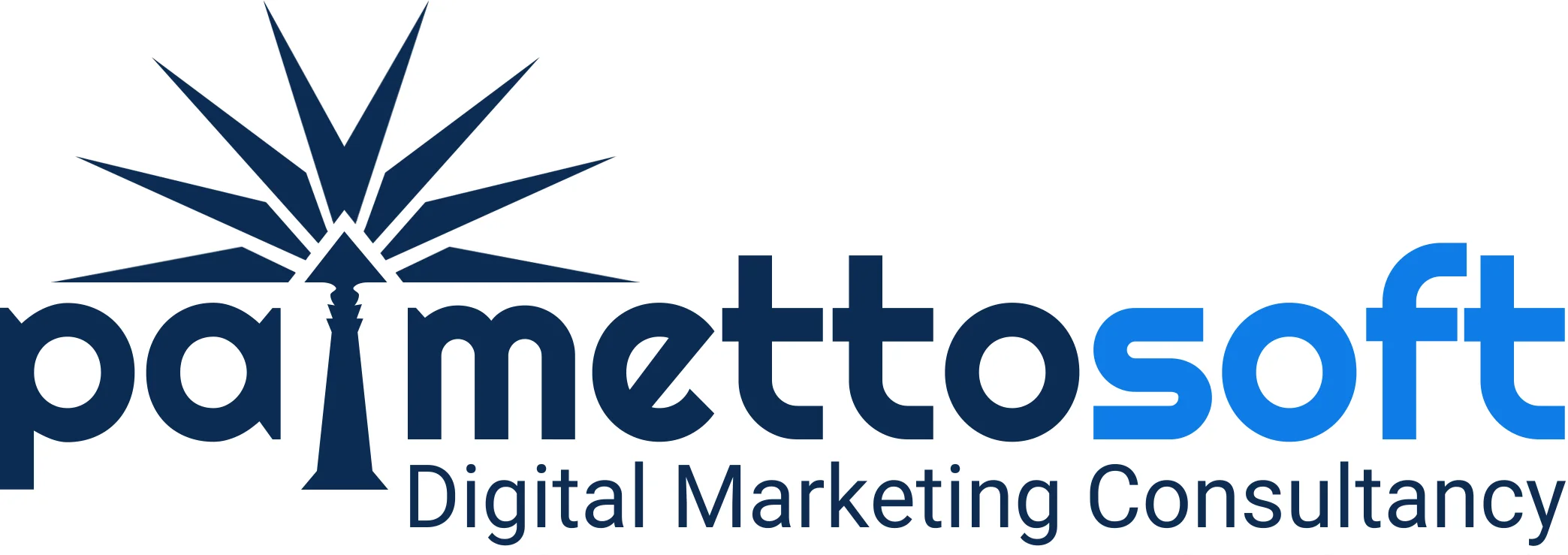Embarking on a web design project without a clear understanding of the requirements is like setting sail without a map—while you may eventually reach land, the journey will be fraught with unnecessary detours and potential mishaps. Gathering requirements is the critical first step in the web design process, providing the foundation upon which the entire project is built. This phase is more than just a casual conversation; it’s a strategic dialogue that ensures the final product aligns with the client’s vision, business goals, and user needs.
The Importance of Gathering Requirements
At its core, gathering requirements is about clarity. It’s an opportunity for the web designer to understand exactly what the client wants and needs from their website. This phase helps to define the project’s scope, budget, and timeline, setting expectations for both the client and the design team.
Without this step, the project is at risk of scope creep—where the project grows beyond its original parameters—leading to increased costs, extended timelines, and potentially a final product that doesn’t meet the client’s expectations. Properly gathering and documenting requirements ensures that everyone involved in the project is on the same page, reducing the likelihood of miscommunication and costly revisions down the line.
Key Components of the Requirements-Gathering Process
1. Understanding the Client’s Business Goals:
The first step in gathering requirements is to gain a deep understanding of the client’s business. What are their long-term and short-term goals? How does the website fit into their overall business strategy? Is the website intended to increase sales, generate leads, build brand awareness, or provide customer support? Understanding these goals is essential, as the website’s design and functionality should align with and support these objectives.
2. Identifying the Target Audience:
A website’s design should always be tailored to its intended audience. Identifying who the target users are—including their demographics, behaviors, and preferences—will influence the design, content, and functionality of the site. For example, a website aimed at younger users may feature a more modern and dynamic design, while a site targeting professionals might focus on clarity, efficiency, and ease of navigation.
3. Defining the Project Scope:
Clearly defining the project scope is critical to avoid misunderstandings later on. This includes outlining what will be included in the project and, just as importantly, what will not be. Scope includes elements such as the number of pages, specific functionalities (e.g., e-commerce capabilities, contact forms, social media integration), and design elements (e.g., branding guidelines, color schemes, typography).
4. Technical Requirements:
Understanding the technical requirements is another key component of this phase. This includes determining what platforms the site will need to integrate with, what content management system (CMS) will be used, and any specific technical needs the client may have. For example, a client might need their website to integrate with their customer relationship management (CRM) software or to be optimized for mobile devices.
5. Content Strategy:
Content is king, and understanding the client’s content strategy is vital to the success of the website. This includes knowing what content will be featured, who will be responsible for creating it, and how it will be managed over time. A well-thought-out content strategy ensures that the website not only launches with great content but remains relevant and up-to-date.
6. User Experience (UX) Considerations:
User experience should be a top priority during the requirements-gathering process. This involves understanding how users will interact with the website and ensuring that the design facilitates a seamless and intuitive experience. This might include considerations for navigation, accessibility, and performance.
Best Practices for Gathering Requirements
1. Engage in Active Listening:
The client knows their business best, so it’s crucial to listen carefully to their needs and concerns. Ask open-ended questions to draw out detailed responses and clarify anything that’s unclear.
2. Document Everything:
Take comprehensive notes during meetings and share these with the client afterward to confirm understanding. A written document outlining the requirements serves as a reference point throughout the project.
3. Involve All Stakeholders:
Ensure that all key stakeholders are involved in the requirements-gathering process. This might include marketing teams, IT departments, and end-users, depending on the nature of the project.
4. Use Visual Aids:
Sometimes, clients may struggle to articulate what they want. Using visual aids like wireframes, mood boards, or example websites can help bridge the gap between what the client is envisioning and what the designer understands.
Conclusion
Gathering requirements is a critical first step in the web design process. It sets the stage for the entire project, ensuring that the final product meets the client’s needs and achieves the desired outcomes. By thoroughly understanding the client’s business goals, target audience, technical requirements, and content strategy, and by documenting these details clearly, you can create a website that not only looks great but also functions effectively and serves its intended purpose.
This step may seem time-consuming, but it’s an investment that pays dividends throughout the project, helping to avoid misunderstandings, reduce the need for revisions, and ensure that the project is completed on time and within budget. In the world of web design, a well-defined set of requirements is the key to success.
Related Posts:
Web Design Process: Crafting the Proposal
Web Design Process: Crafting an Effective Navigation Summary
Web Design Process: The Importance of Wireframing
Web Design Process: The Importance of Content Collection
Web Design Process: Mastering Mockup Design
Web Design Process: Navigating the Development Phase
Web Design Process: The Importance of Rigorous Testing
Web Design Process: Crafting Effective Prototypes
Web Design Process: Successfully Launching Your Website









